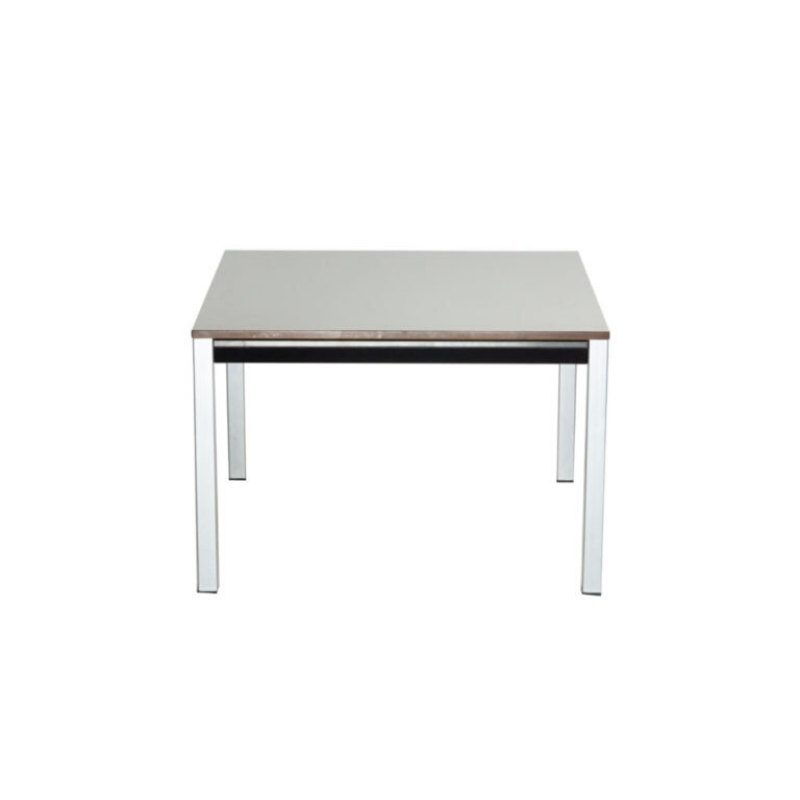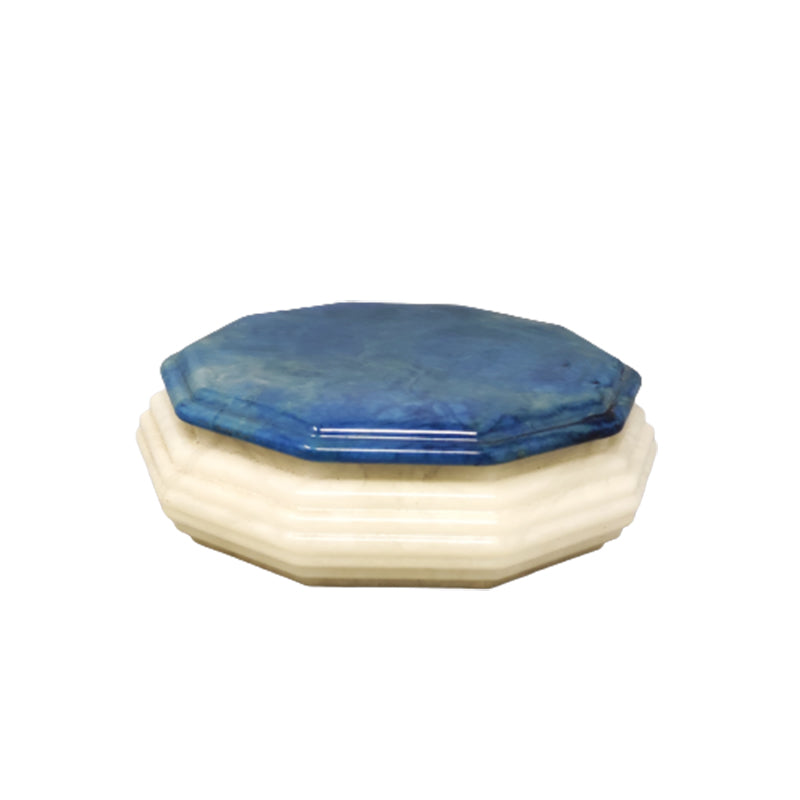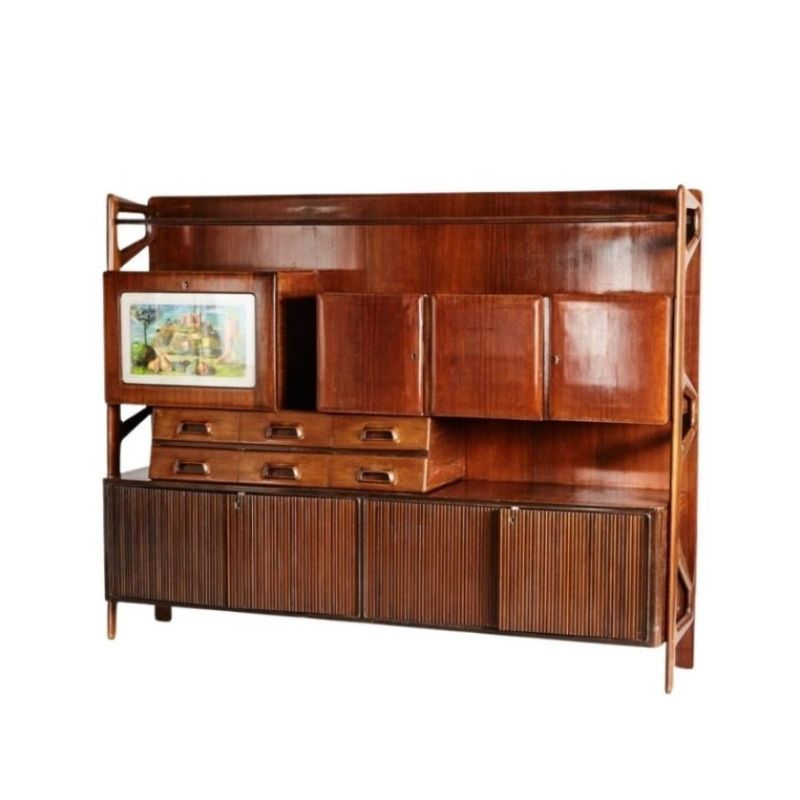I am trying to decide between two versions of the same Midcentury desk.
Personally I like both desks; my question is solely about market value and value for money. I am phrasing it in a general fashion, because I?d like to know whether there are some general rules to take into account.
Both desks are the same model and the same price, but differ in the following ways:
Desk 1: wood in very good condition (hardly any stains or scratches, no damage to the veneer), but not signed, no original keys and one of the locks is not original. The wood type is rare for this model.
Desk 2: the more common model. Signed, original keys and locks, but some damage to the veneer that would need to be repaired; this restauration would also involve having the whole desk revarnished. This would raise the original price for me by around 45 %.
Which one of the desks is better value for money? Am I correct to think that a rarer version is not necessarily more valueable than a more common (and thus more iconic) version?
Will revarnishing lower value or, on the contrary, raise it?
How important to value are signatures and original keys and locks?
Many thanks for any insights !
Normally, I think...
Normally, I think refinishing an original piece usually negatively impacts the value because it is no longer truly original. Howeer, the rarer version also has a non-original lock and no keys so it is not in pristine and original condition either. Often rarer versions are worth more because they are more rare, but this is not always the case either. It really depends on the particular piece of furniture. Without an indication of designer, make, and model, is is hard to tell you which piece is the best value. Personally, I would get the piece that I like best.If you like both pieces equally, then I would probably go with the rarer edition because it involves no restoration so will end up costing significantly less. But if you like the other edition best, then get that one.
Wait...
My advice is wait until you get what you want. If both desks are not ticking the boxes, then shop around until you find an example that meets your requirements. I avoid anything that has been overly restored or has non-original parts and that means that I often have to wait until that piece comes up for sale.
A few years ago I bought an extremely rare but delapidated table, which it turns out cannot be restored without re-painting the metal frame and adding a new timber top. After restoration, only the design itself would indicate the age of the table. Recently I bought a beautiful example of the table for the same price and with a provenance that makes the table an important piece of design history. I waited 2 years but I was lucky to get a chance to be the next caretaker of the table.
I guess what I am trying to say is that if you buy either desk, will you be happy with the alterations or will you be longing for a better example?
Or will you buy the rarer desk and resell it later when a better example comes on the market?
BTW, the delipadated table I bought is still in the garage awaiting restoration.
that makes sense
That makes a lot of sense. Tick. I am probably finding it so hard to decide because neither desk is entirely right, although both are rather cheap (they are because they are not perfect, of course).
In my case, as opposed to yours, desk 2 is not delapidated; the damage to the veneer is rather minor, but it would still bother me if I left the desk as it is.
Since neither desk feels entirely right, the question of market value became so important to me: I want to be able to resell it at a good price (or at least not for less than I would have paid myself).
I think I am going to take Tick's advice and wait. However, I still wonder about the impact of rarety / non-original pieces / veneer damage / refinishing / restoration / new upholstery, etc. on market value.
I am aware that it is impossible to give a general answer, but if anyone out there can give a specific example I will be learning something!
After some thought....
If the desks are really cheap you could buy one to live with until you find your ideal desk. If it is cheap, then you have a good chance of getting your money back or even making a profit.
I think you raise some important questions about value, price and resale.
Whereas I am not overly fussy about signs of age on a piece, some people
prefer a restored piece. Some people want the feel and some people
just want the look. The table I refered to earlier I now use as my desk and it's not perfect, but it has a lovely story and it makes me smile.
Although I prefer my pieces to be in original condition, sometimes if an item is extremely rare you may need to compromise and accept the alterations as a part of the history of the object. If the desk is really rare, then my advice is buy the most aesthetically pleasing one as an interim or just wait until you get the one that will makes you smile.
I hope that helps. Happy bargain hunting.
Tick
Just thinking out loud here....
Just thinking out loud here. Are both desk essentially identical other than finish? If you prefer the more uncommon finish could you not purchase both and swap the keys locks and sell off the other? How are they 'signed'? Paper tag, badge, or branded?
Thank you for the thought. I ...
Thank you for the thought. I don't have the room, nor the money to buy both, but swapping the locks would be feasible, I imagine, and it would simply be a restoration. However, sticking on the paper tag or badge from the other desk, were this even possible, sounds a bit like cheating.
Very sorry to hear you are...
Very sorry to hear you are so bored BJ - feel free just to skip this thread.
As I tried to explain, my question was general in nature:
I was aksing whether there are some general rules one can stick to, say "refinish = minus 25% with respect to the same item with original finish"; "original upholstery in good condition = + 30 % with respect to the same chair with new upholstery", "replacing broken screws with original screws from another copy = OK", but "swapping labels = not OK"?
I would think auction houses and dealers apply this kind of calculations all the time in determining the price or estimated price of items they are proposing. Or maybe not. I don't know, and so I asked.
I'll leave it at that
If you need any help, please contact us at – info@designaddict.com










